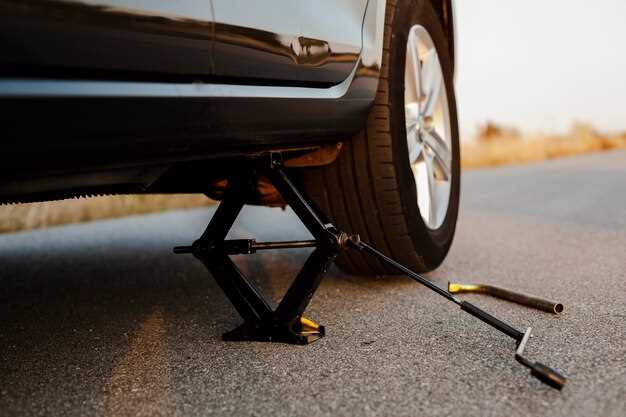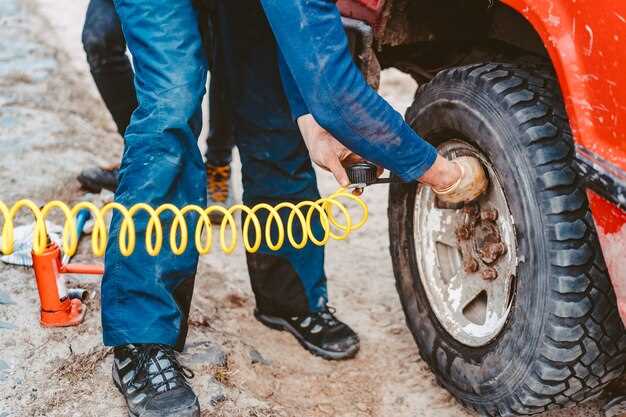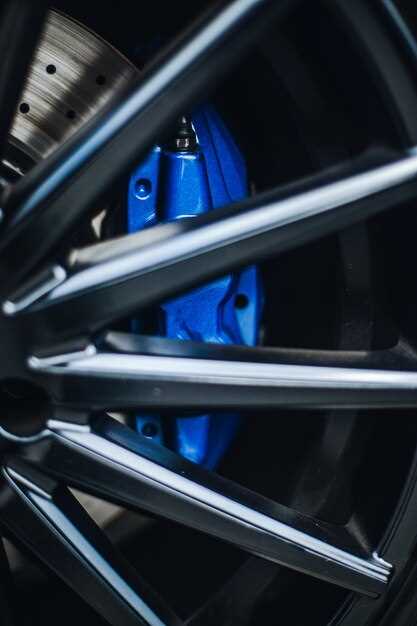
When it comes to off-road driving, the right suspension system can be the difference between a smooth journey through rugged terrain and a bone-jarring ride that leaves both driver and vehicle fatigued. Off-road environments present unique challenges, from rocky trails to muddy paths, and having a suspension setup that’s capable of absorbing impacts and providing stability is crucial. This is where suspension upgrades come into play.
Upgrading your vehicle’s suspension not only enhances its capability to handle challenging terrains, but it also improves overall ride comfort, handling, and safety. With the multitude of options available, it’s essential to identify which upgrades deliver the best performance for your specific off-road needs. In this article, we’ll explore various suspension enhancements, focusing on their benefits and suitability for different types of off-road adventurers.
From heavy-duty shocks and springs to advanced lift kits and sway bars, each component plays a significant role in optimizing your vehicle for rigorous off-road conditions. Whether you’re a weekend warrior seeking exciting trails or a serious off-roader tackling extreme environments, understanding these upgrades is vital for achieving superior performance and versatility on uneven terrain. Join us as we delve into the top suspension upgrades that can transform your off-road experience.
Choosing the Right Shocks for Maximum Articulation

When it comes to off-road performance, selecting the correct shocks is vital for achieving maximum articulation. Articulation refers to the ability of a vehicle’s suspension to flex and adjust as it navigates uneven terrain. Properly chosen shocks enhance this capability, allowing for better traction and stability.
First, consider the type of off-road driving you intend to do. For rock crawling and extreme off-road scenarios, long-travel shocks are essential. These shocks provide additional wheel travel, allowing the vehicle to maintain contact with the ground while traversing obstacles. Conversely, if your focus is on high-speed desert running, a shock with a stiffer compression and rebound may be more suitable to handle the rapid impacts and maintain stability.
Next, evaluate the shock design. Dual-tube shocks offer excellent heat dissipation and are generally more forgiving, making them suitable for varied conditions. However, for improved performance and responsiveness, particularly in demanding off-road situations, monotube shocks are often preferred. They provide consistent damping control due to their ability to separate oil and gas, minimizing foaming and maintaining performance under heavy use.
Additionally, factor in adjustability. Adjustable shocks, such as those with dial settings for compression and rebound, allow you to fine-tune the suspension based on specific terrain and driving style. This customization can significantly enhance articulation by adapting to different obstacles and driving conditions.
Lastly, consider the weight of your vehicle and any modifications. Heavier vehicles or those equipped with oversize tires may require shocks with higher weight capacities. Properly matched shocks can ensure that the suspension operates within its optimal range, thus maximizing articulation and overall off-road performance.
Upgrading Springs for Enhanced Load Capacity and Comfort
Upgrading your vehicle’s springs is a crucial step in improving its off-road performance, particularly regarding load capacity and ride comfort. High-quality springs can significantly enhance the overall capability of your suspension system, making them an essential upgrade for any off-road enthusiast.
Increased Load Capacity
One of the primary benefits of upgrading springs is the increased load capacity. Most factory springs are designed for average usage, which may not suffice when carrying heavy loads or towing. By installing heavier-duty springs, you not only improve the weight-bearing ability but also maintain better vehicle dynamics. This results in reduced sag when loaded, keeping your vehicle level and more controllable during off-road maneuvers.
Improved Comfort
Comfort is equally important when venturing off the beaten path. Upgraded springs, such as coil springs specifically engineered for off-road use, can effectively absorb shocks and bumps from uneven terrain. These springs are often designed with a progressive rate, which means they can compress more easily at lower loads while providing increased resistance as the load increases. This design ensures a smoother ride without compromising stability.
Types of Springs
When considering upgrades, there are several types of springs available. Coil springs offer a great balance between comfort and load management, making them ideal for off-road vehicles. Leaf springs, traditionally used in trucks, provide excellent load-bearing capabilities but might sacrifice some ride comfort. Depending on your vehicle type and usage requirements, selecting the appropriate spring type is essential for optimizing performance.
Installation Considerations
Installing upgraded springs may require additional modifications, such as adjusting shock absorbers or alignment settings. It is advisable to consult with a professional to ensure the upgrades are compatible with your existing suspension setup. Additionally, proper installation can enhance not only performance but also safety, particularly when traversing challenging terrains.
Conclusion
Upgrading springs is a vital component of enhancing your vehicle’s off-road capabilities. By improving load capacity and comfort, you set the stage for a more enjoyable and controlled off-road experience. Investing in high-quality springs tailored for your specific needs will yield significant benefits on and off the road.
Installing Sway Bars to Improve Stability on Rough Terrain

When venturing off-road, maintaining stability is critical for both vehicle control and passenger comfort. One effective upgrade to enhance stability on rough terrain is the installation of sway bars, also known as anti-roll bars. These components help reduce body roll during cornering and uneven surfaces, ensuring a more stable driving experience.
Sway bars work by connecting the left and right suspension systems, transferring weight from one side of the vehicle to the other. This action minimizes body lean, especially during sharp turns or when traversing bumpy trails. By decreasing the amount of sway, drivers enjoy improved handling, allowing for quicker responses and better overall control over their vehicle.
When considering the installation of sway bars, it is essential to choose the right size and stiffness. Upgrading to a thicker sway bar can provide enhanced performance, but it may also lead to a stiffer ride. Therefore, it is crucial to strike a balance that suits your off-road driving style and the types of terrain you typically encounter.
Installation of sway bars typically involves removing the factory components and replacing them with aftermarket options specifically designed for off-road performance. This process can be completed with basic hand tools and does not usually require advanced mechanical skills. However, it is advisable to consult the vehicle’s manual and follow manufacturer instructions to ensure proper installation and fitment.
In addition to improving stability, sway bars can also reinforce the overall durability of your suspension system. By managing how the vehicle handles weight distribution during off-road excursions, they can reduce wear and tear on other suspension components, potentially prolonging their lifespan. Moreover, an upgraded sway bar can enhance driver confidence, allowing for more adventurous exploration without the fear of losing control.
In conclusion, installing sway bars is a valuable upgrade for off-road enthusiasts seeking enhanced stability and handling on rugged terrain. With careful selection and proper installation, sway bars can transform the off-road driving experience, making it safer and more enjoyable.
